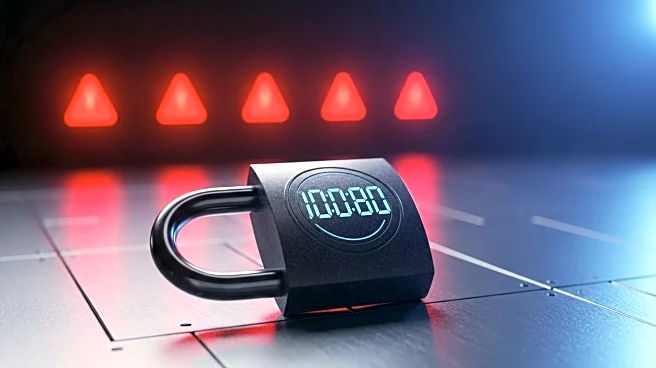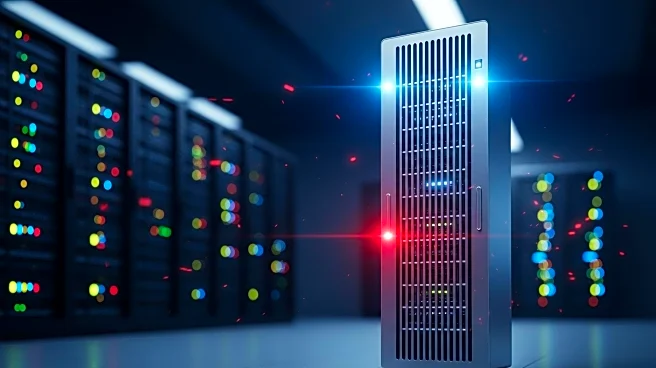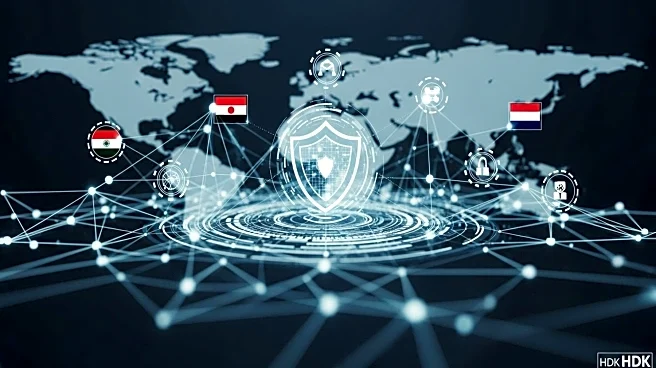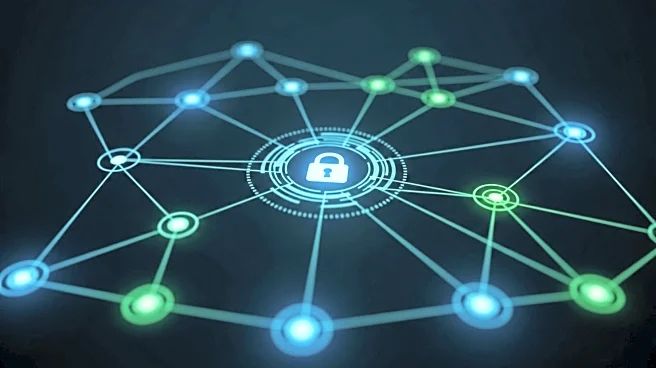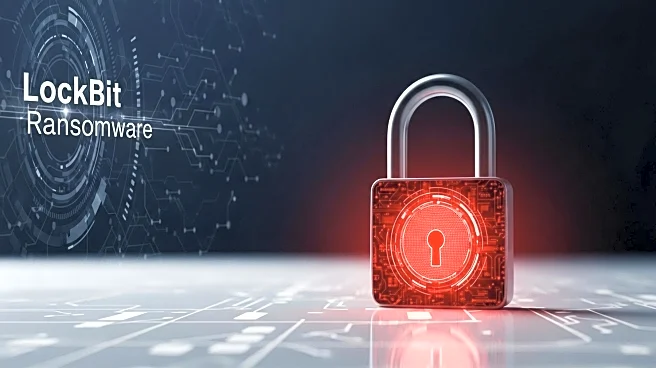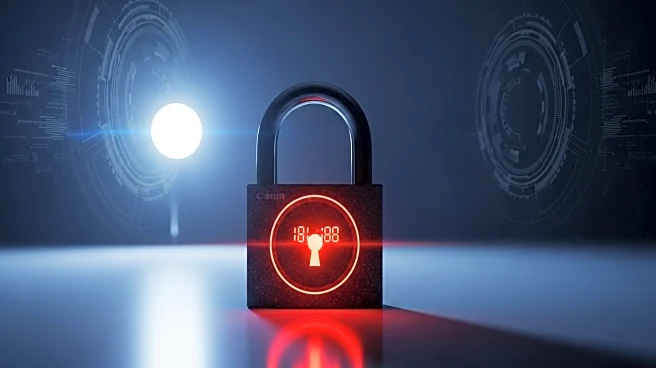What is the story about?
What's Happening?
The Akira ransomware group continues to exploit a SonicWall vulnerability, CVE-2024-40766, for initial access to systems. This vulnerability, related to improper access control, was patched in August 2024, but remains a target for ransomware attacks. Akira targets SSL VPN accounts using one-time passwords for multi-factor authentication. The group uses legitimate tools to evade detection, making their attacks difficult to identify. Security researchers warn that the ransomware's dwell time is exceptionally short, requiring rapid response to mitigate the threat.
Why It's Important?
The ongoing exploitation of the SonicWall vulnerability by Akira ransomware underscores the persistent threat posed by cybercriminals. Organizations using SonicWall devices must remain vigilant and ensure their systems are updated to prevent unauthorized access. The use of legitimate tools by attackers highlights the need for robust security measures and monitoring to detect unusual activity. This situation emphasizes the importance of cybersecurity in protecting sensitive data and maintaining operational integrity.
What's Next?
Organizations may need to review and strengthen their cybersecurity protocols, particularly regarding VPN access and multi-factor authentication. Security firms might develop new tools and strategies to detect and respond to ransomware attacks more effectively. The continued threat from Akira ransomware could lead to increased collaboration between cybersecurity experts and law enforcement to track and apprehend those responsible.
Beyond the Headlines
The exploitation of vulnerabilities by ransomware groups raises ethical and legal questions about software security and the responsibility of companies to protect their users. It also highlights the evolving tactics of cybercriminals and the need for continuous adaptation in cybersecurity practices. Long-term, this situation could influence regulatory policies on cybersecurity standards and practices.
AI Generated Content
Do you find this article useful?
